Hypertrophy? Strength? Mental Adaptations? Growth?
It all started with an article about starting each work out with 100 reps on the leg press. Yes, 100 reps on the leg press before starting every work out (or at least leg day work outs) with a light enough weight that you can ideally get 100 reps unbroken. Light enough would often mean no weights or just 10lbs on each side. Tempo should be controlled; not too fast and not too slow even though the weight is light. We started with no weight on the leg press and progressed gradually depending on our individual fitness needs.
Training for different goals such as hypertrophy or strength can be applied in a variety of ways. Typically, we approach lifting through the same lens which is doing what we have always known or what we have been taught. The 100 rep leg press challenge isn’t something that is typically done because it isn’t seen or used often especially due to the nuance reasons for doing it.
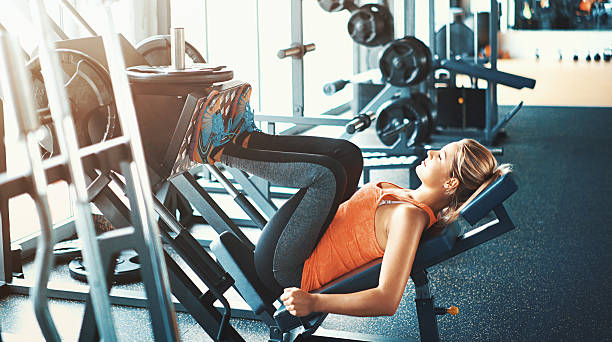
What’s the low down?
- 100 reps before every work out (not just leg day)
- Light enough weight that you try for 100 reps unbroken (ideally); if rest is required, pause/rest with legs locked out or at the top of the movement without racking the leg press.
- Controlled tempo that isn’t too fast or slow; just rhythmic
So the question is, why?
Why not? Progressive overload is the underlying principle that we utilize to adapt to the environment. The type of stressors applied to an individual is how they will adapt. That adaptation can occur mentally and/or physically. For example, high volume rep work can lead to improved muscular endurance (improvements in cardiovascular system; capillary changes; mitochondria density), muscular growth/development as well as increase in tendon health/resilience.
This challenge was sparked by some of us and spread to the other personal trainers that we worked with. These other trainers have worked up to much higher weights and adapted faster. One trainer has been doing 2x45lb plates with 100 reps in under 2 minutes and has recently moved up in weight after 3-4 weeks. Anecdotally, delayed onset muscle soreness has decreased, recovery has increased, and minor increases in growth of the rectus femoris aspect of the quads with the most noticeable change being increased muscular endurance.
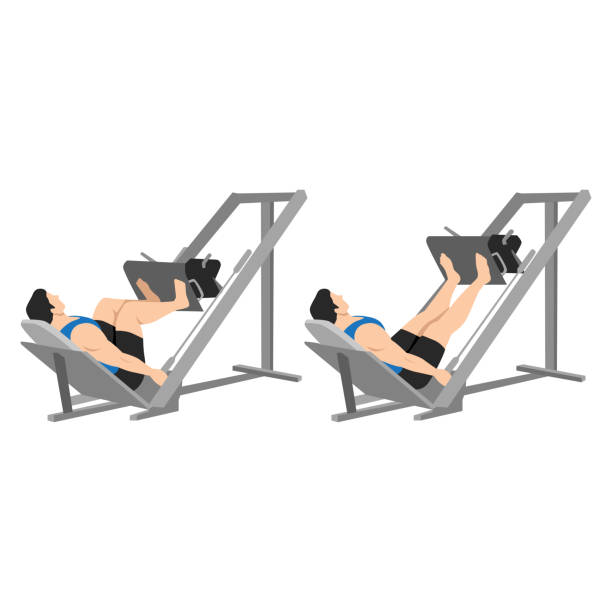
Asides from the physical adaptations, there is another component of the challenge itself that is easily overlooked and that is the community of the challenge. There is a shared experience amongst all of us who have been doing the challenge at work. It has been a challenge that pushed us mentally while we grinded through the reps trying to get 100 reps unbroken.
As we posted about our progress each day, or locked eyes with other trainers walking up to the leg press, we knew what was coming: the burning lactic acid build up, the sweat, the grind, the want to give up but at the same time the push, the competition, and the success. This is the psychological/mental component that factors into the challenge, progressive overload relative to the addition of a stressor to our body. This type of training is the stressor. It stresses the muscles by pushing them to their endurance limits and also pushing our minds to push through the negative stress.
The more we did it, talked about it and posted about it, the more others wanted to join in. Members began to ask what we were doing because even though it looked tough, we were all having fun. This is the community of fitness; it is working towards our individual goals of improvement but by building each other up. As we build our resilience to the uncomfortable, the more we can handle mentally and physically. Push through the suck.

The leg press can be replaced with other exercises as well but just keep in mind as fatigue increases, proper form needs to be maintained. Depending on foot placement as well, we can adjust the relative stimulus and where it is being applied. The hamstring curl could also be used and would be a great adjunct warm up prior to leg days to prime the hamstrings (which tend to be weaker/less active relative to the quads). The 100 reps can also be added to the end of a workout as a finisher and can reduce the potential reduction in performance/energy stores.
So give it a shot, try it out for a few weeks and let us know how it goes! Was it easy? Was it hard? Did you overestimate? Underestimate? How many reps did you get in a row before you had to stop? How many times did you stop before you got to 100?
Check out Kat’s 100 reps on the leg press on our instagram
Grow. Adapt. Improve.
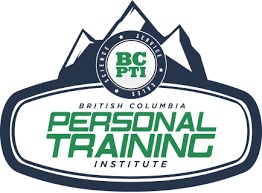

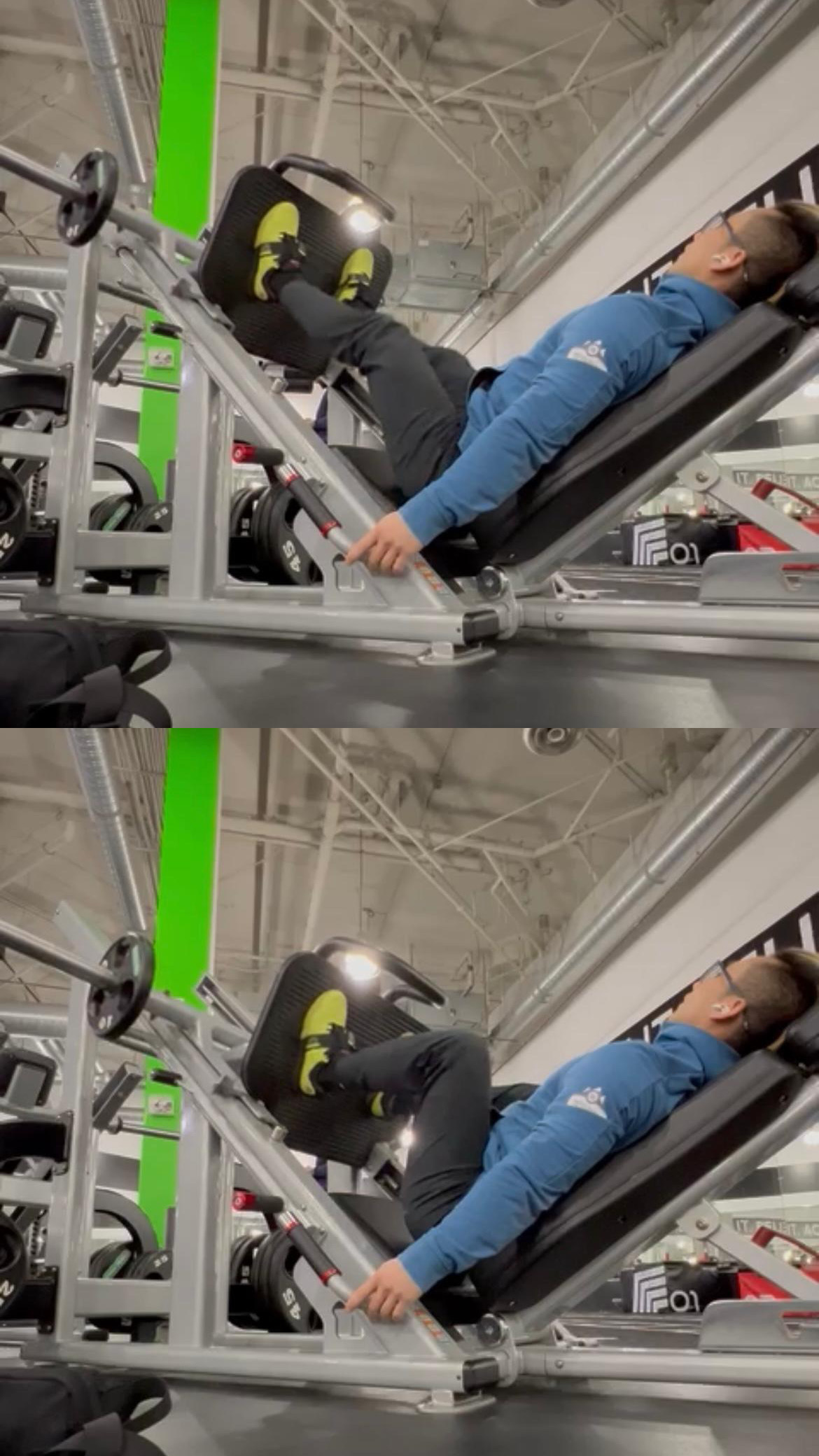
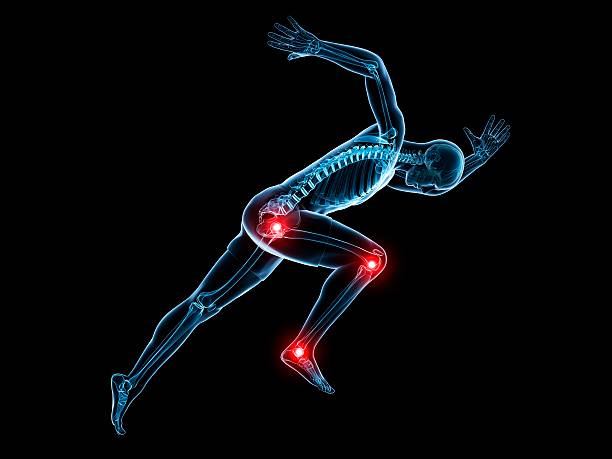

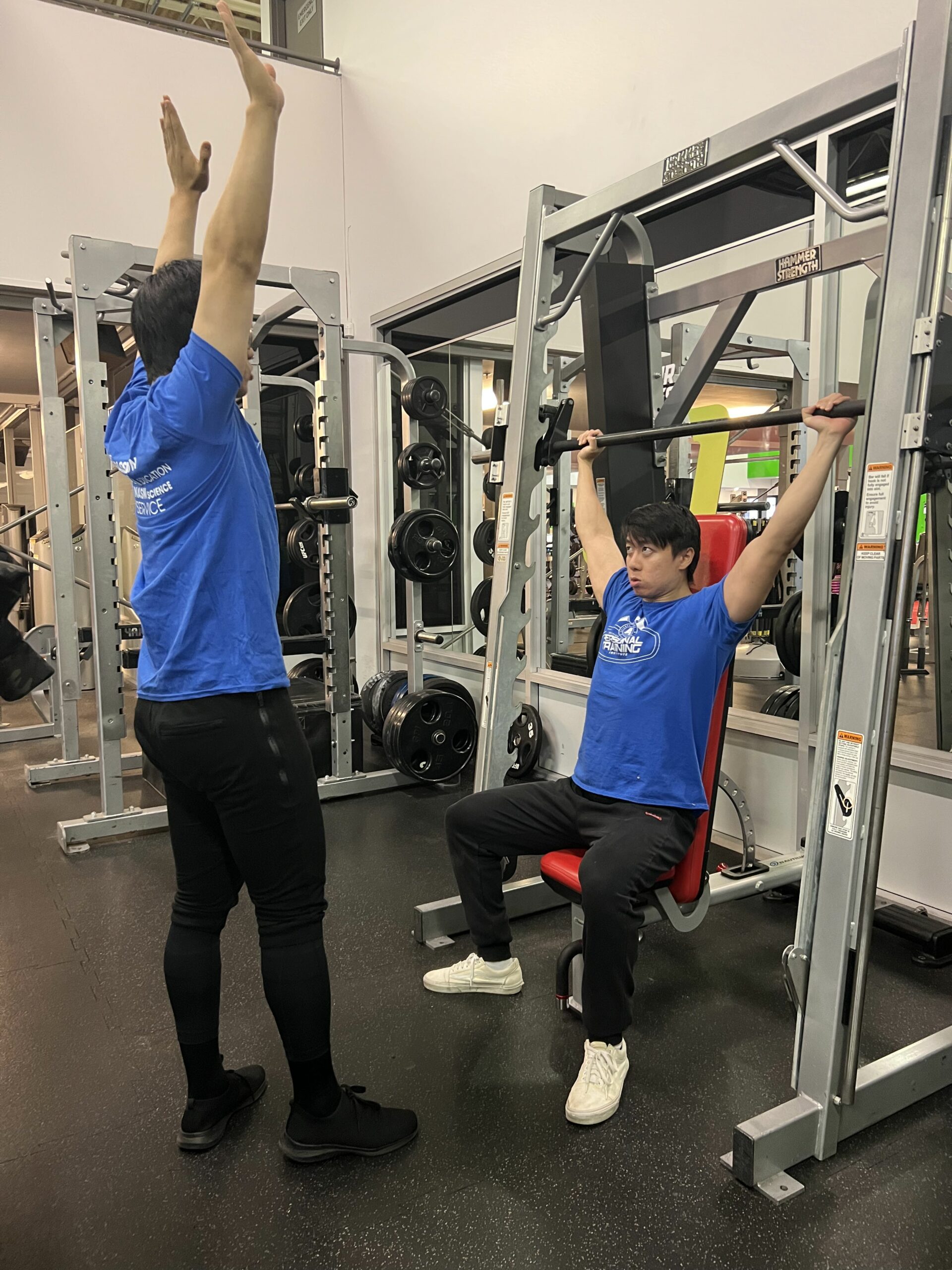

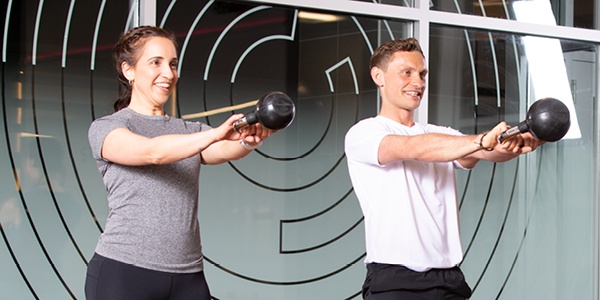
Leave A Comment